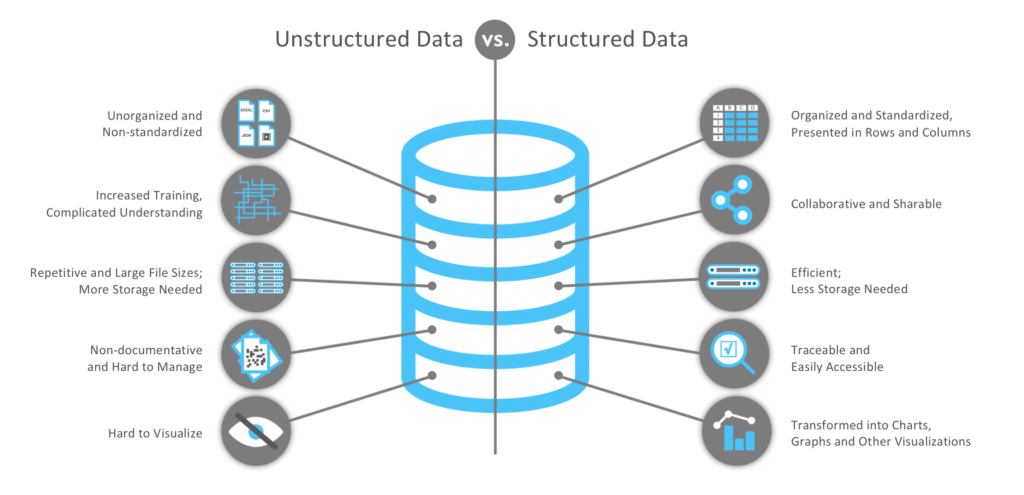*INTERFACE_SPRINGBACK provides an easy way to store a part’s state at the end of a simulation for later use. The part’s state consists of element history variables such as stress and strain tensor (in the form of *INITIAL_STRESS/*INITIAL_STRAIN) and also nodal values such as its final coordinates (*NODE). Optionally, when using the THICKNESS option, it allows to output the nodal thickness (in the form of *ELEMENT_SHELL_THICKNESS). One additional parameter that determines the number of shell history variables to be output is the NSHV. When NSHV=0, LS-DYNA outputs the stress tensor, strain tensor and effective plastic-strain at each integration point. This may be sufficient for most reuse but in some instances, such as mapping accumulated plastic strain, the default value of NSHV may be insufficient. In such cases, it is always recommended to set NSHV to a very large number to let LS-DYNA output ALL associated shell history variables depending on the constitutive model used by the shell.















